NA-258: The largest constituency in Sindh still missing the smallest comforts of life
Residents complain of lack of proper roads, shortage of water and electricity.

Pakistan Steel Mills, the country’s largest industrial complex spread over 18,660 acres, is one of the main landmarks of NA-258. PHOTO: EXPRESS
The largest electoral constituency of Sindh, NA-258 which some residents refer to as half of Karachi, does not have a single government hospital available for its people. The outgoing government has reportedly finalised the blueprint for a medical complex to be built from June –residents of the area, however, remain sceptical about the paperwork materialising into a reality.
Falling in Malir district, the total area of NA-258 is around 550 square per kilometre, largely consisting of rural areas with over 1,000 villages – this includes 350 villages of district West that fall within the constituency.
Jamshoro district falls on the north east of the constituency, Thatta and the Arabian Sea on the south east and south, Ibrahim Hyderi Road, Landhi town, Malir town and Tapo Gabopat of Gadap town on the south west and Lasbela district of Balochistan falls on the north west. The constituency comprises all of Bin Qasim Town, Gadap town and some of the surrounding areas.
Apart from the absence of a government hospital, residents of the areas complained that lack of infrastructure and basic amenities, including shortage of water, electricity and proper roads, were among the major problems in the constituency. During Pakistan Peoples Party’s five-year tenure, the government established a law college and two colleges for girls in Bin Qasim and Gadap towns. It also leased over 600 villages in both the towns. The main development projects, including a pipeline for supplying drinking water to 118 villages, a cadet college and a medical complex, were initiated but remained incomplete.
A little business, a little culture
Malir, which is a historic settlement and echoing in many folk tales of Sindh, is the heart of the constituency. It is situated around 20 kilometres from Karachi City. The town was once famous for its farms, vegetable gardens and fruits orchards but most of it have disappeared with rapid urbanisation.
With an increase in industrial growth, Malir has now developed into a commercial and industrial centre of the constituency.
Being a hub for business and multiple industries, the area has attracted people from all over the country. Punjabis and Pathans are in majority among the migrants while a number of Bengalis, Burmese and Meghwars are also settled in this district.
The landmarks of the area include the Pakistan Steel Mills – the country’s largest industrial unit spread over 18,660 acres, Port Muhammad Bin Qasim, Fauji Fertilizer Company, a portion of the Landhi processing zone, Chowkandi tombs, Razaqabad police training centre, and the century-old Malir and Landhi railway stations.
The Chowkandi tombs, located along the National Highway, comprise innumerable sand graves with intricately carved motifs, which date back centuries.
Voters have their say
The turnout of voters in NA-258 during the last two elections has been over 40 per cent – 41.3% in 2002 and 41.04 in 2008. The constituency has 392,994 registered voters, out of which 232,247 are male and 160,747 are female. The voters of this constituency belong to different ethnic backgrounds, but majority are Sindhi-speaking.
Published in The Express Tribune, May 2nd, 2013.

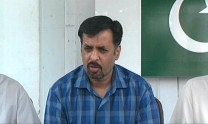
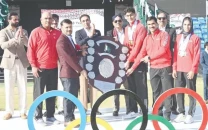

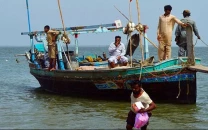
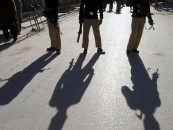
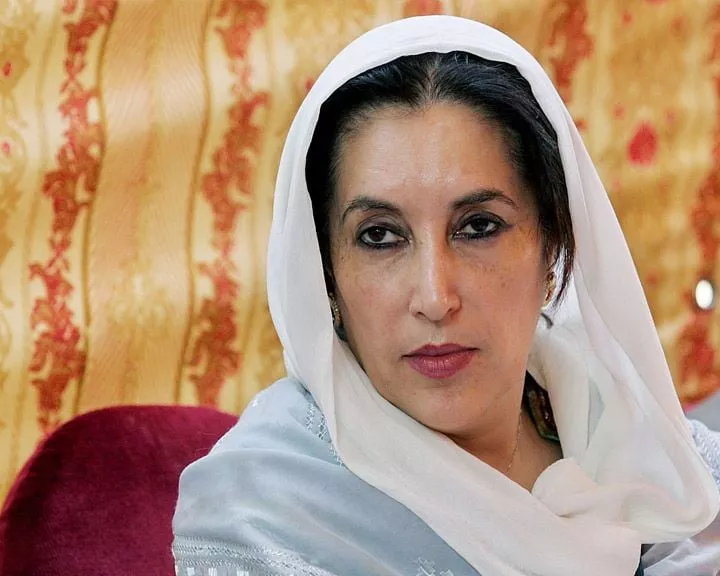


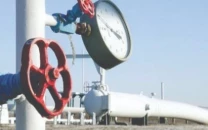

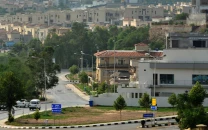







COMMENTS
Comments are moderated and generally will be posted if they are on-topic and not abusive.
For more information, please see our Comments FAQ